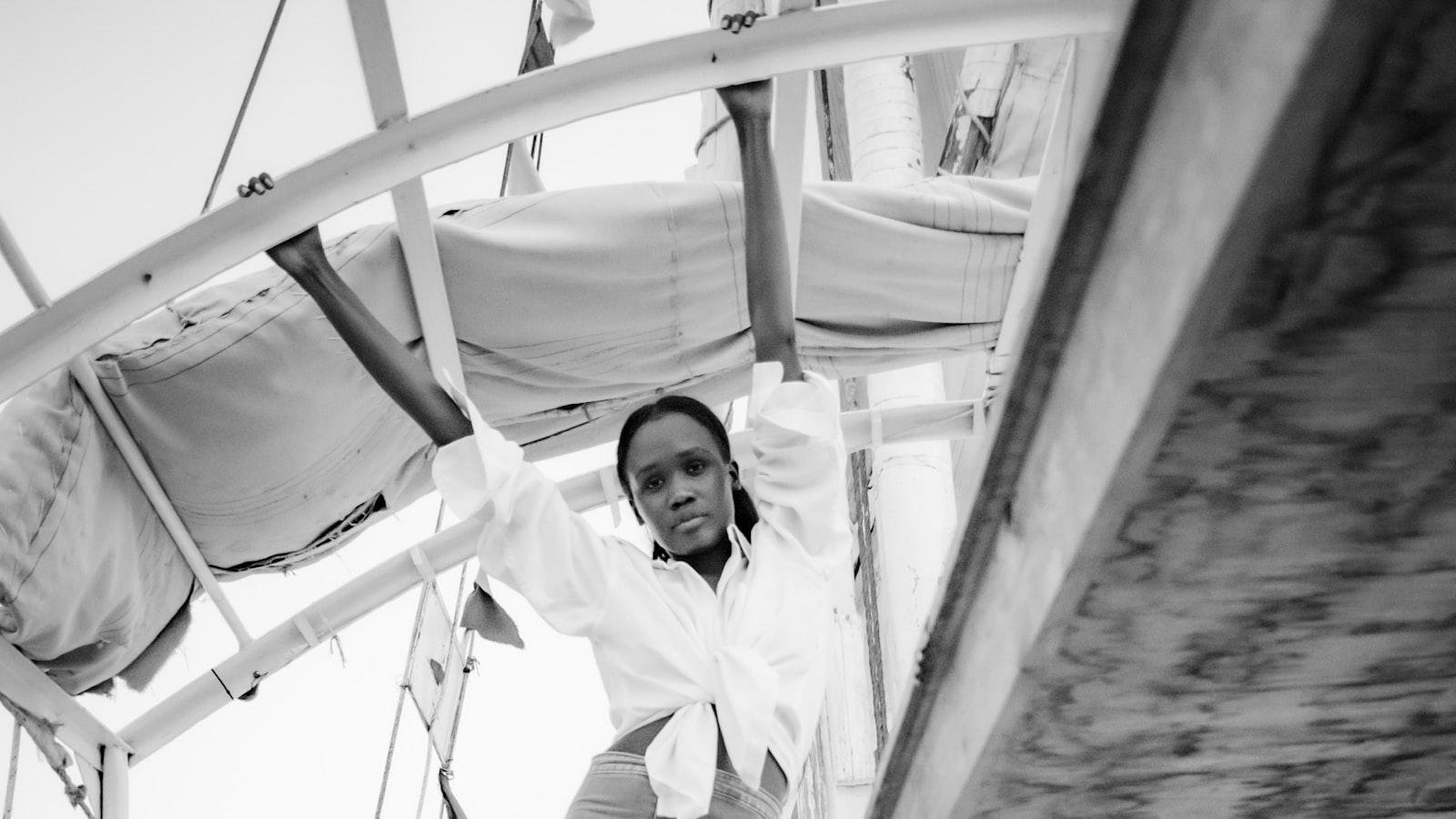Enveloped in the vibrant rhythms of Uganda’s diverse landscape lies a hidden treasure – the melodic tapestry of its languages. From the melodious lilt of Luganda to the mesmerizing cadence of Runyankore, each language weaves a unique musicality that reflects the rich cultural mosaic of the nation. Join us as we embark on a journey through the harmonious symphony of Uganda’s linguistic heritage, where words dance like notes in a symphony, creating a timeless melody that resonates deep within the soul.
Introduction: Exploring the Diverse Harmonies of Uganda’s Linguistic Landscape
Uganda is a country known for its rich cultural heritage and linguistic diversity. With over 40 different languages spoken throughout the country, Uganda’s linguistic landscape is a melting pot of unique sounds and melodies. Each language carries its own history, traditions, and nuances, contributing to the vibrant tapestry of Uganda’s cultural identity.
From the rhythmic tonal patterns of Luganda to the lyrical flow of Runyankore, each language in Uganda adds a distinctive flavor to the country’s linguistic symphony. The harmonious blend of these diverse languages creates a truly melodic experience for those who take the time to listen and explore. Join us on a journey through Uganda’s linguistic landscape as we uncover the beauty and complexity of the country’s many languages.
An Overview of the Varied Rhythms and Tones Across Uganda’s Languages
Uganda is a country known for its rich cultural diversity, which is reflected in the varied rhythms and tones across its many languages. From the melodic cadence of Luganda to the lyrical flow of Runyankore, each language in Uganda carries a unique musical quality that is deeply rooted in the country’s history and traditions.
<p>One of the most fascinating aspects of Uganda's languages is the way in which they incorporate elements of tribal customs and storytelling. For example, the rhythmic patterns in languages like Ateso and Lugbara are often used to convey specific emotions or meanings, adding an extra layer of depth to everyday communication. This blending of music and language creates a melodic tapestry that is truly one-of-a-kind.</p>
The Intricate Interplay of Traditional and Modern Influences in Ugandan Music
Ugandan music is a vibrant tapestry woven with threads of tradition and modernity, creating a rich and diverse musical landscape. One of the most fascinating aspects of this musical tradition is the intricate interplay between traditional African influences and modern Western influences. The result is a unique fusion of sounds and rhythms that is both rooted in Ugandan culture and open to global influences.
With over 40 different ethnic groups and languages spoken in Uganda, the country’s music scene is a melting pot of different traditions and styles. Each language brings its own unique rhythm, melody, and vocal styles to the music, creating a diverse and dynamic musical tapestry. From the rhythmic beats of the Baganda to the soulful melodies of the Acholi, Ugandan music reflects the cultural richness and diversity of the country.
Preserving and Celebrating Uganda’s Linguistic Heritage for Future Generations
Uganda’s linguistic landscape is a rich tapestry of diverse languages, each with its own unique sounds, rhythms, and meanings. From Luganda to Runyankole, Ateso to Lugbara, the languages spoken across the country reflect centuries of history, culture, and tradition. These languages are not just words on a page; they are living symbols of Uganda’s identity and heritage, passed down from generation to generation.
Preserving and celebrating Uganda’s linguistic heritage is essential for ensuring that future generations continue to connect with their roots and understand the richness of their cultural heritage. By documenting, promoting, and teaching these languages, we can ensure that they remain an integral part of Uganda’s national identity. Through language, we can bridge divides, foster understanding, and preserve the unique voices of Uganda for years to come.
The Way Forward
As we delve deeper into the rich and vibrant tapestry of Uganda’s languages, we are transported to a world where words transform into melodies, weaving a symphony of diverse and unique sounds. Each language carries with it a history and culture that adds to the depth and richness of this musical landscape. From the rhythmic tones of Luganda to the poetic flow of Swahili, Uganda’s linguistic diversity is a true testament to the beauty of language in all its forms. So next time you find yourself in Uganda, take a moment to listen and appreciate the melodic tapestry of its languages - for in each word spoken lies a story waiting to be told.




